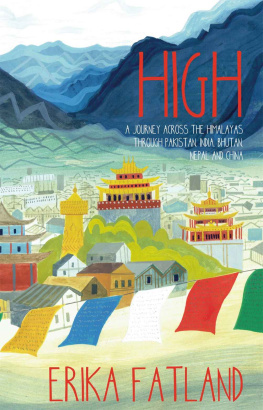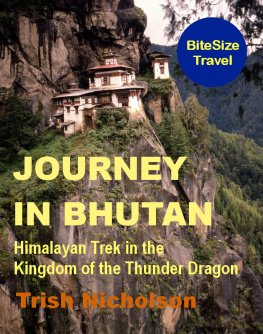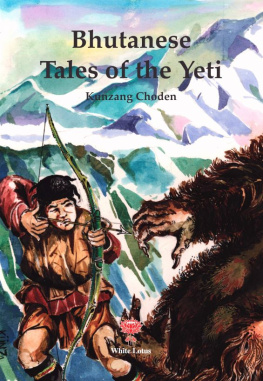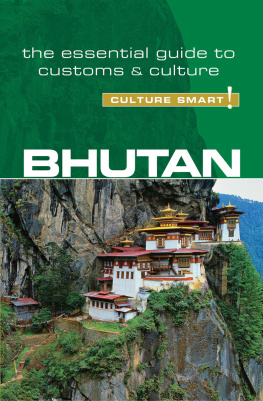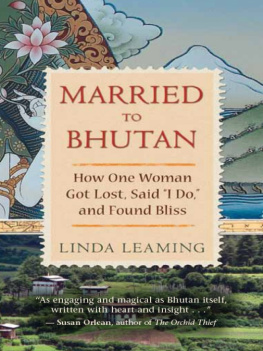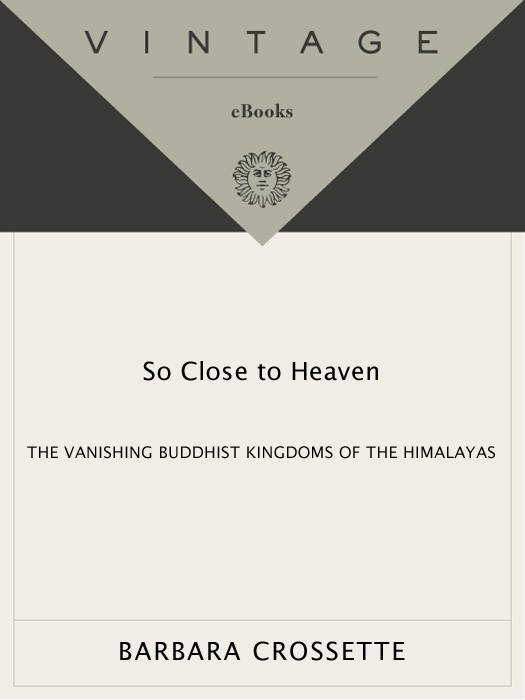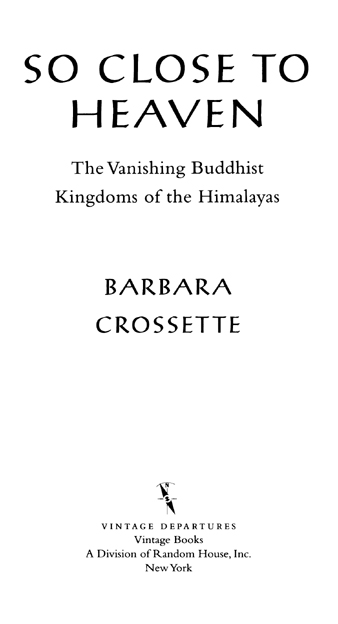 Barbara Crossette
Barbara CrossetteSO CLOSE TO HEAVEN
Barbara Crossette, who joined The New York Times in 1973, spent seven years as a correspondent in Asia, and is now UN bureau chief. She was a Fulbright Professor of Journalism in India and has taught at the Columbia University Graduate School of Journalism and at Princeton University. She won the 1991 George Polk Award for foreign reporting. She lives in New York City and Upper Black Eddy, Pennsylvania.
Books by BARBARA CROSSETTE
India Facing the Twentieth Century
So Close to Heaven
FIRST VINTAGE BOOKS EDITION, MAY 1996
Copyright1995 by Barbara Crossette
Map copyright1995 by George Colbert
All rights reserved under International and Pan-American Copyright Conventions. Published in the United States by Vintage Books, a division of Random House, Inc., New York, and simultaneously in Canada by Random House of Canada Limited, Toronto. Originally published in hardcover by Alfred A. Knopf, Inc., New York, in 1995.
Grateful acknowledgment is made to the following for permission to reprint previously published material:
Kingdom of Bhutan Mission to the United Nations: A Message for My Parents Far Away by Kuenga Wangmo from Tongsa Junior High School Magazine. Reprinted by permission of Ugyen Tshering, Permanent Representative of the Kingdom of Bhutan to the United Nations. Oxford University Press: Hymn excerpts from Tibets Great Yogi Milarepa, edited by W. Y. Evans-Wentz (1928). Reprinted by permission of Oxford University Press, Oxford, England.
The Library of Congress has cataloged the Knopf edition as follows:
Crossette, Barbara.
So close to heaven: the vanishing Buddhist kingdoms of the Himalayas / Barbara Crossette.1st ed.
p. cm.
Includes bibliographical references.
eISBN: 978-0-307-80190-6
1. BuddhismHimalaya Mountains Region. 2. BuddhismBhutan.
I. Title
BQ400.H542C76 1995
294.3095496dc20 9438193 CIP
Random House Web address: http://www.randomhouse.com
Author photographMarianna Cook
v3.1
TO ALL HIMALAYAN BUDDHISTS WHO
FEAR THE EXTINCTION OF THEIR CULTURE MORE THAN DEATH
CONTENTS
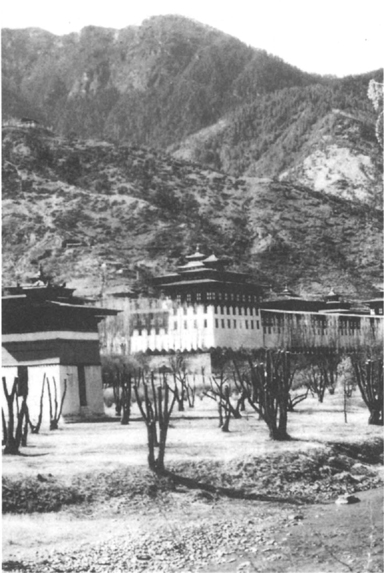
PREFACE
I N THE MONASTERY courtyard, a red-robed monk was dancing. His movements were studied, trancelike. He dipped and turned, balancing on one foot and then on the other. His open arms moved in slow motion as his hands traced studied patterns in the air. He was barefoot; it was winter. He seemed oblivious to everything the senses might register except perhaps for the rhythmic skishhhh, skishhhh, skishhhh of the small cymbals played by a fellow monk a few yards away under the cloistered porch. Oblique rays of a golden afternoon sun threw a celestial spotlight into the corner where these holy men toiled at perfecting their performance of a classical Bhutanese Buddhist temple dance. They were preparing for the Tshechu, the most important festival of the year for a Bhutanese monastery and for all who live or roam within striking distance of its walls. I stopped for a few minutes, unnoticed, to watch from a window above them, across the small courtyard enclosed by galleries where novices chanted, judges pored over codes of royal and religious law, and robed administrators of sword-bearing rank held court in the name of king and country. Centuries blurred.
Nothing in the tableau at Tashigang Dzong, a monastery-fortress near the eastern edge of Bhutan, would have been out of place in ancient times, when an esoteric form of Buddhism took root and grew into a family of Buddhist realms scattered across the Himalayas and into Central Asia. Bhutan, until very recently one of the worlds least accessible nations, is also the last of these independent Buddhist kingdoms. Thus this Tashigang monk and his ethereal dance were especially absorbing, because he was not merely a performer in a temple ritual but also an unself-conscious practitioner of an ancient Buddhist art that is part of a culture under intense pressures from within and without. Himalayan Buddhism as a civilization (more than a religion) is endangered where its roots are deepest, in its native mountains and stark plateaus, where heaven seems so near.
The story of how Buddhism in its most arcane Tantric form came to entrench itself across a landscape of frozen peaks, high windy flatlands, and deep verdant valleys may vary from one local mythology to another. But what has become of this shared mystical universe is no mystery; the evidence is laid out in modern Asian political history. One by one, all the Himalayan Buddhist kingdoms except Bhutan have been gobbled up by bigger powers, just as earlier Buddhist civilizations from Afghanistan to Mongolia were overrun or undermined. The most recent kingdom to disappear was Sikkim, in 1975. Tibet, the Himalayan Tantrics spiritual and literary heartland, fell under the heel of the Chinese army in the 1950s; during the Cultural Revolution the monasteries, focal points of Himalayan Buddhism and repositories of its books and records, were sacked. Since then, the Han Chinese have concentrated on changing Tibets ethnic composition and coopting its religious leadership.
The Tantric schoolswhat most Westerners call Tibetan Buddhismcan be considered collectively as the third and most vigorous form of a religion that began more than 2,500 years ago in northern India. The Hinayana, or Theravada, school was the earliest; it is now the dominant form of Buddhism in Southeast Asia, Burma, and Sri Lanka. The Mahayana school followed; it would take root in China, Vietnam, and East Asia. Tantrayana, replete with secret and often sexual rites, emerged from the Mahayana school and was embraced across mountainous inner Asia from the Hindu Kush to the Himalayas. With an intensity and drama that were a match for its environment, Tantric Buddhism offered adherents a shortcut to Nirvana.
The Hinayana should be taken as knowledge. The Mahayana should be taken as attitude. Tantra means practice. Tantrayana is the quickest way to become Buddhalike a rocket going to the moon, said Dasho Rigzin Dorji, who as head of a unique Bhutanese civic treasure, the Special Commission on Cultural Affairs, was the man in charge of safe-guarding the Bhutanese way of life in the face of encroachments from the outside world and tendencies toward cultural carelessness at home.
Tantric Buddhism, sharing physical and psychic space with a pantheon of local deities and countless temperamental spirits, rose to its highest philosophical and artistic levels on the trans-Himalayan Tibetan plateau, where it had settled firmly by the eighth century, building on or supplanting earlier Buddhist teachings from both China and the Indian subcontinent. Over the years, the great monasteries of Tibet, set in the geographical watershed from which flow some of Asias mightiest riversthe Indus, Brahmaputra, Salween, and Mekongbecame fonts of Buddhist scholarship. The teachings and miracles of great lamas were known and studied in Ladakh, Mustang, Sikkim, Bhutan, and smaller pockets throughout the region where Tibetan monks also traveled. Worldwide, the central relationship of the teacher-lama and his student-adept came to define the Tibetan-Tantric Buddhist tradition.


